Patagonia is Incredibly Hard to Plan, But Completely Worth the Effort
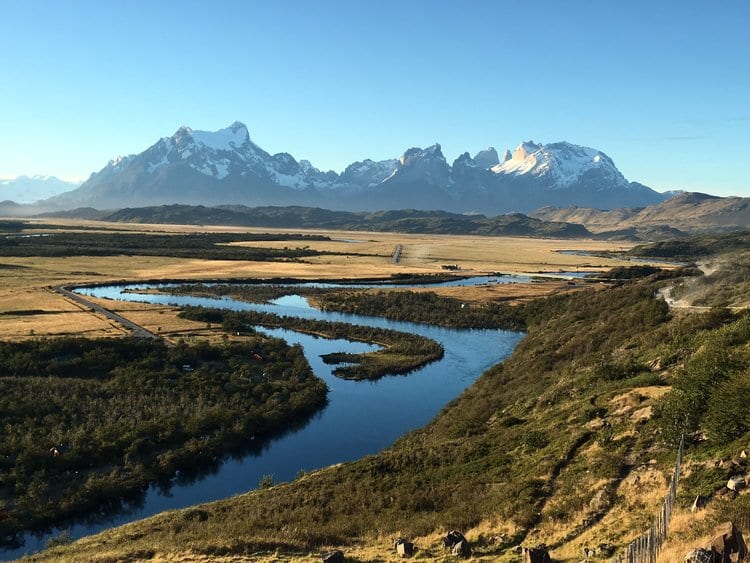
A lot of people wonder where Patagonia is located because it’s basically the edge of the Earth. As far south as you can possible get in South America, the raw wilderness clings to the very tip of the continent. Rugged and untamed, it feels like a masterfully untapped paradise. Since it’s one of the last remaining slivers of raw nature, it feels like you’re going to the end of the world to get there. More literally, it’s in both Chile and Argentina with the Pacific Ocean and Andes Mountains to the west and the Atlantic Ocean to the east.
Here’s why planning a trip to Patagonia can feel daunting and some tips for how to make it more accessible.
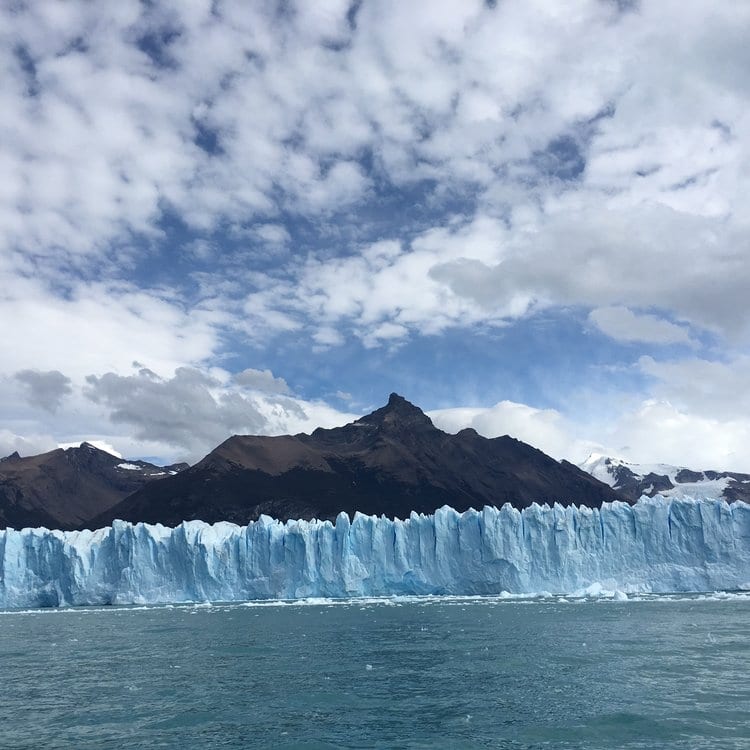
It’s Crazy Far Away
It took me four flights and two buses to get to Torres del Paine – that’s over 24 hours of travel. Chile is much bigger than you’d imagine (it’s narrow but long) and maps don’t do it justice. Initially, I wanted to see Patagonia and the Atacama Desert on the same trip, but there was just no way that would’ve been possible (with Santiago in the middle, each was 6-8 hours in opposite direction). I also researched using Patagonia as a jumping off point to Antarctica, but that would’ve tacked on another three weeks by cruise (you can get there quicker by plane, but it’s more expensive) to a trip that was already hard to cram into two weeks.
Pro Tip: Research all possible routes – flying to/from both Santiago and Buenos Aires. We knew we wanted to visit both countries, so a U itinerary made sense for us to start in one capital and end in the other. If you only want to see Argentina or Chile, it will likely be cheaper for you to arrive and leave from the same hub.
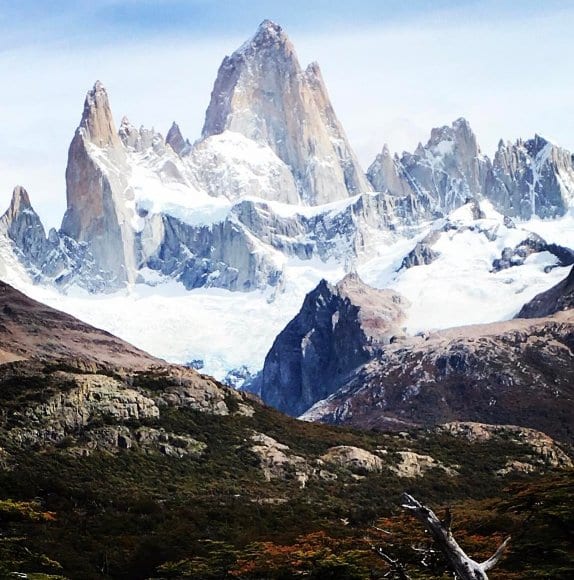
It’s a Time Commitment
Transportation aside, you need 4-5 days just to do the W Trek in Torres del Paine or 8-10 to do the full O circuit – and that’s just on the Chilean side. Since we also wanted to do Mt. Fitz Roy and visit Los Glaciares National Park in Argentina, we saved time by just doing day hikes that were the highlights of the W and not the full trek. It felt a bit like cheating, but it was the only way to do both countries in two weeks.
Pro Tip: Decide where you want to go above all else and how much time you have. Prioritize what’s a must-see and what would be a nice add-on if you have extra time.
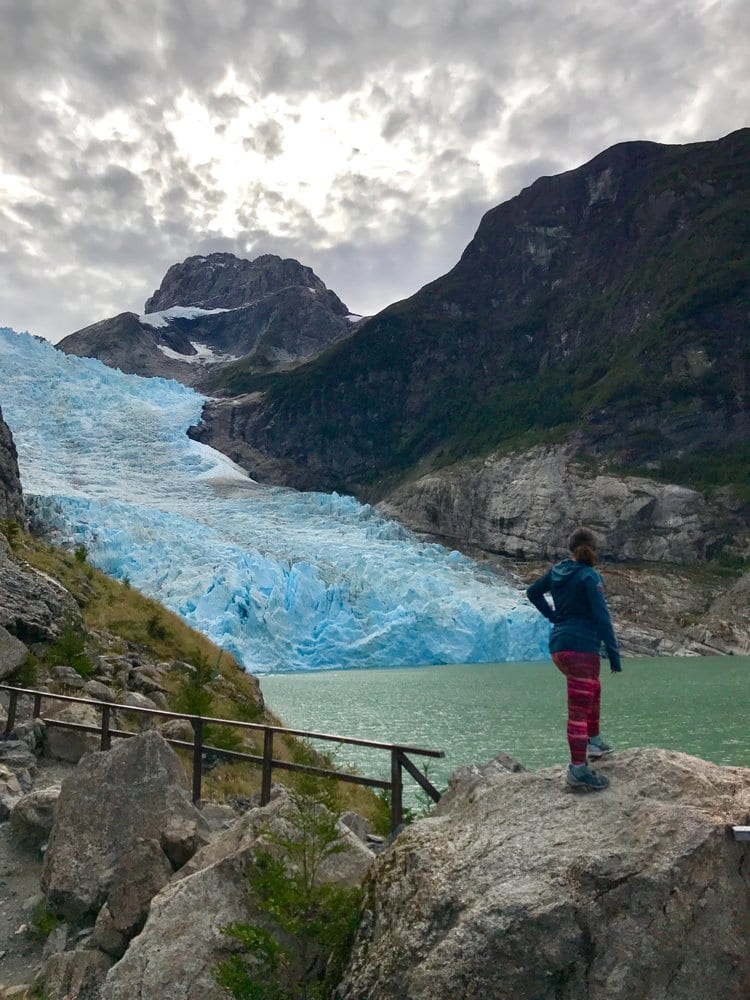
It’s Not Cheap
While Patagonia is a backpacker’s haven, anywhere that far away is going to be expensive to get to. Once you arrive, you can save money by camping and cooking, but make no mistake it is a journey and commitment. Research all possible modes of transportation. The long distance buses often didn’t add that many hours to the trip, were very nice (air conditioned with reserved seats), and often cheaper than flying or renting a car. It is also worth noting that the Chilean side is more underdeveloped and therefore cheaper than the Argentine side. It’s personal preference if you prefer cities with more robust infrastructure and better restaurants or a more bohemian feel to know where to allocate the majority of your time.
Pro Tip: Whenever possible book directly with local operators and hotels, not third party booking sites like Expedia or Viator. You’ll likely save a few dollars by cutting out the middleman and have more leverage dealing directly with the company if something were to go wrong. Some of these local sites may only be available in the native language, in this case, Spanish, but it’s easy to use a program like Google Translate to get the gist of the information.
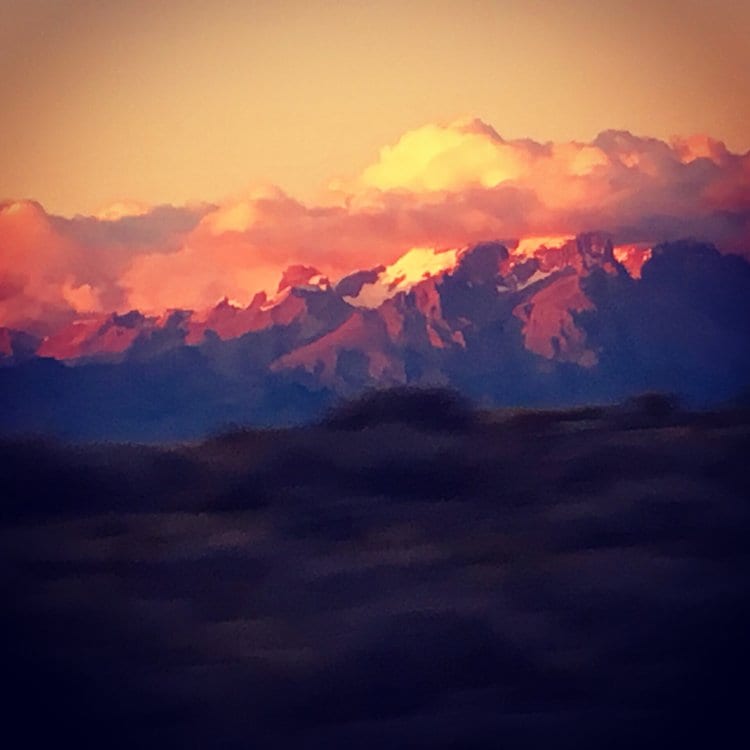
Everything Sounds the Same
When you’re researching your trip, it’s super easy to mix-up cities, airports and even currency when names sound similar. There’s Calafate (closest town to Los Glaciares National Park) and Chalten (the base of Mount Fitz Roy), Puerto Natales (which has an airport) and Puerto Arenas (the largest town closest to Torres del Paine), and Argentine Pesos and Chilean Pesos. Yes, it’s a mouthful. Keep your map and currency app handy when trip planning.
Pro Tip: Double and triple check you’re booking flights and buses to where you mean to go (especially when there are abbreviations involved). Or, check if there are alternate routes that may get you where you need to be quicker or cheaper.
Patagonia’s Hard to Plan But it’s Worth the Effort
Patagonia may test your trip planning skills with its complex logistics and unpredictable weather, but that’s part of its wild allure. Once you navigate the maze of flights, buses, and border crossings, you’re rewarded with landscapes so raw and majestic few get to see in their lifetime. From the towering peaks of Torres del Paine to the serene trails of El Chaltén, every step immerses you deeper into nature’s grandeur. Yes, getting there can be a challenge, but the memories amidst Patagonia’s untamed beauty payoff in spades.
Looking for more tips? Check out these tips for planning a trip to Patagonia.
Like It? Pin It!
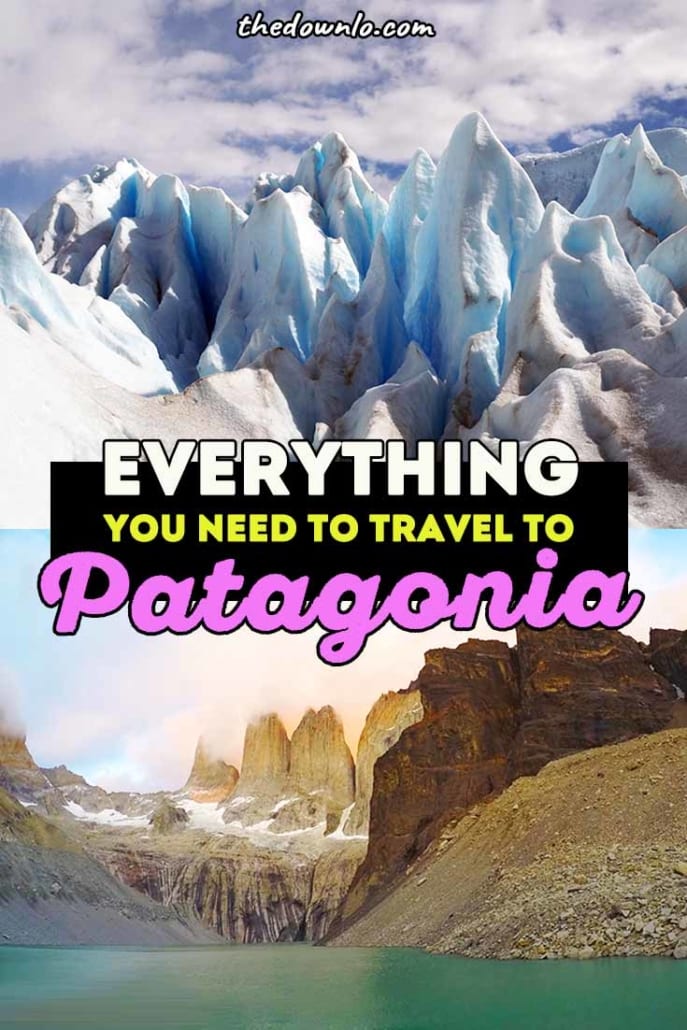
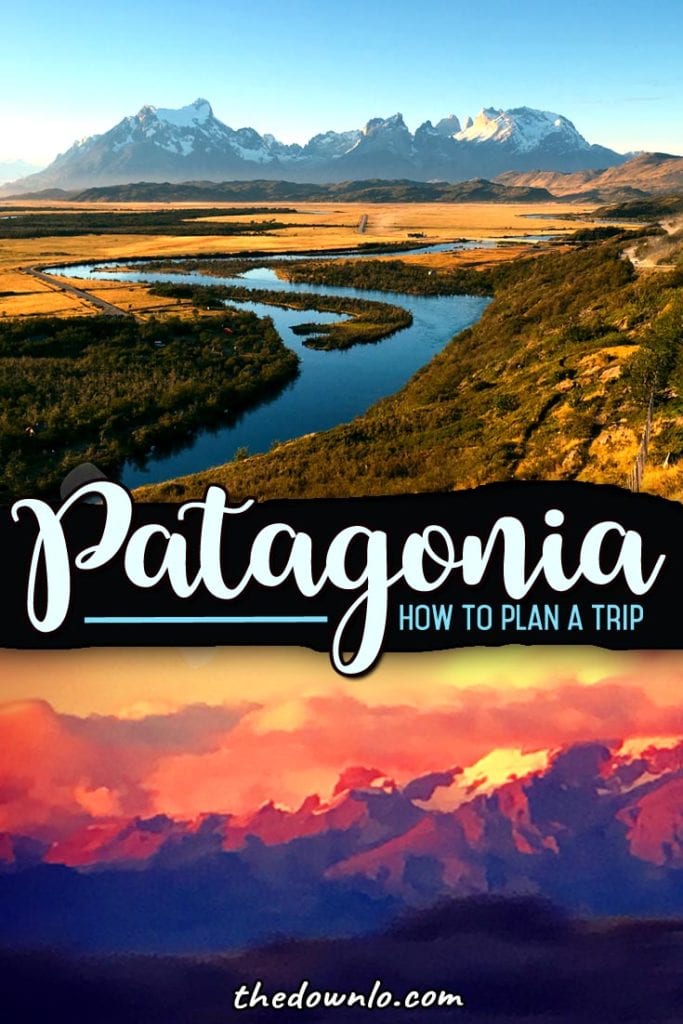
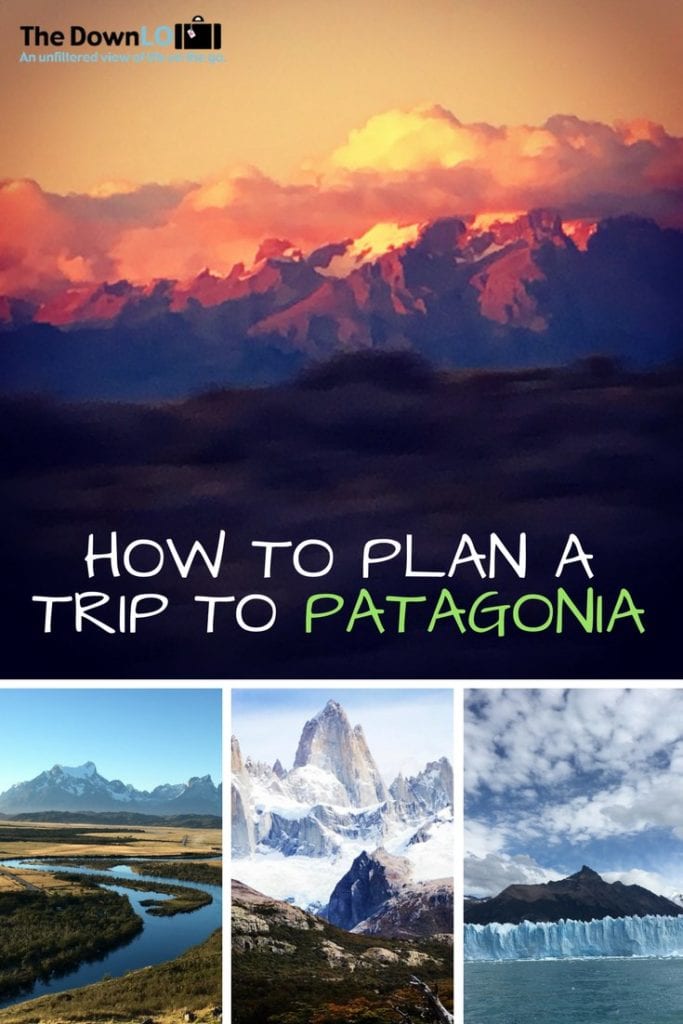

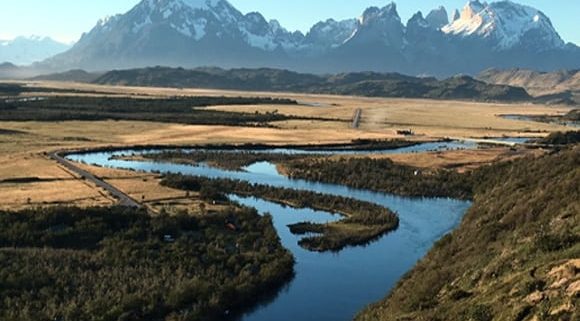
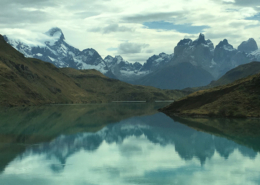


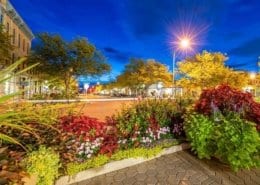





Ugh, but the photos are so worth it! Can’t believe it’s that much time in transit, but then again you are almost at the end of the world.
Haha when you said the names all sound the same. They kind of do. Any suggestions on equipment to bring?
Kinda depends what you’re doing and how hardcore. I personally only bring a carry-on everywhere so tons of layers clothes-wise. There are outdoor gear stores there where you can buy or rent sleeping bags and tents from if you don’t want to travel with all that stuff.
I love this!! Traveling to Patagonia in one month, and have just started realising the struggle! Follow my adventure at https://www.instagram.com/malinlundsten/